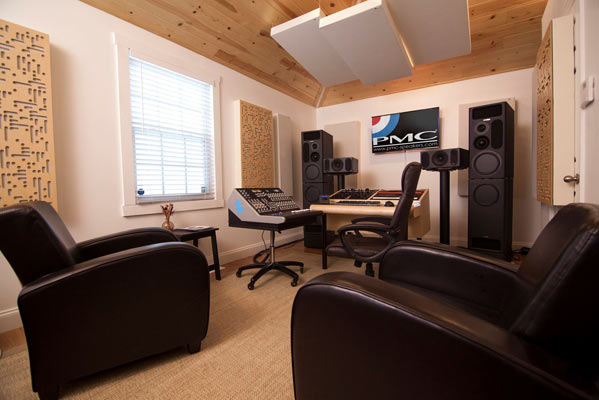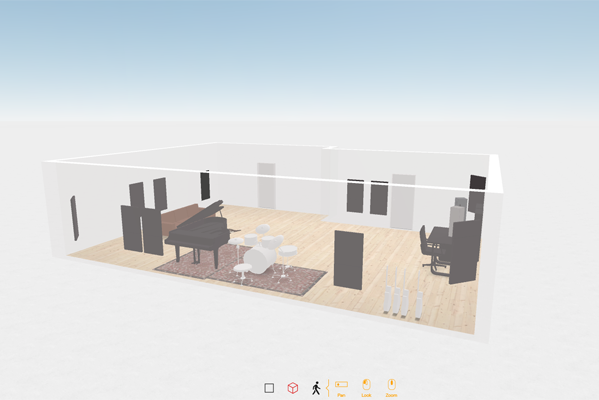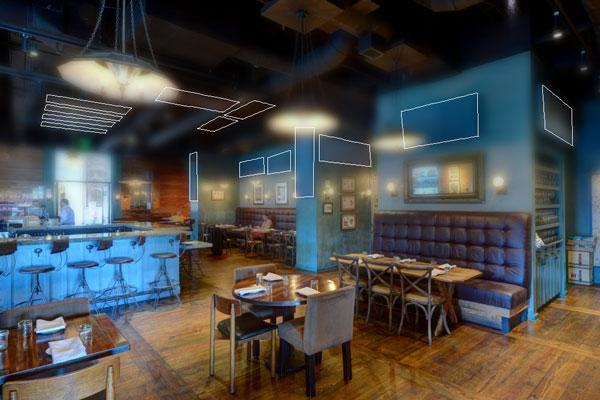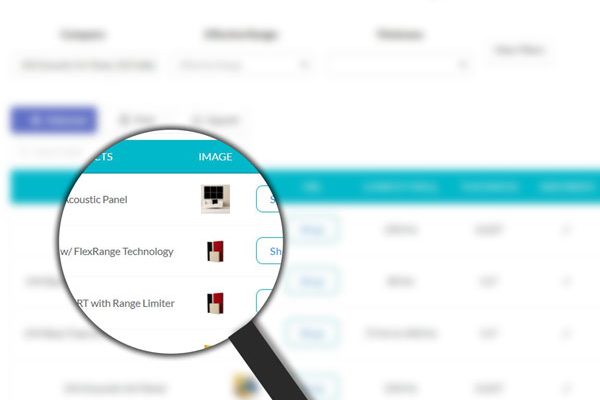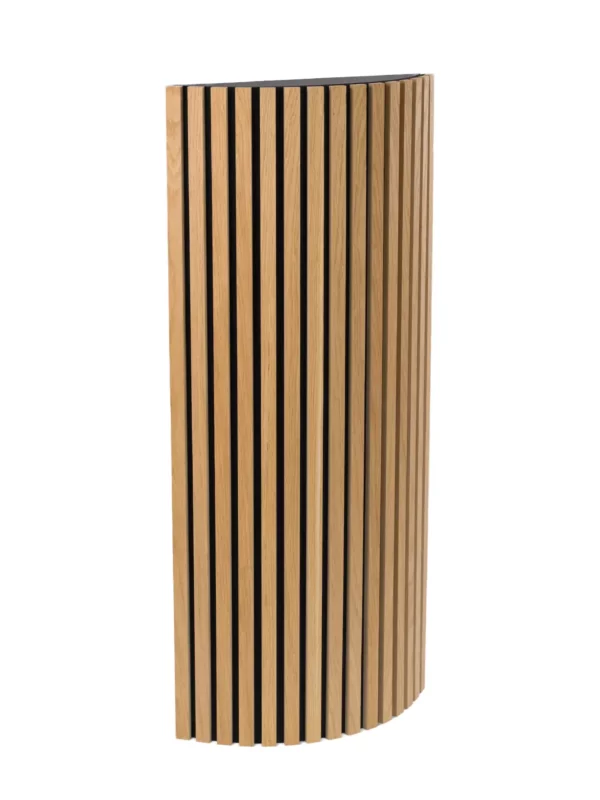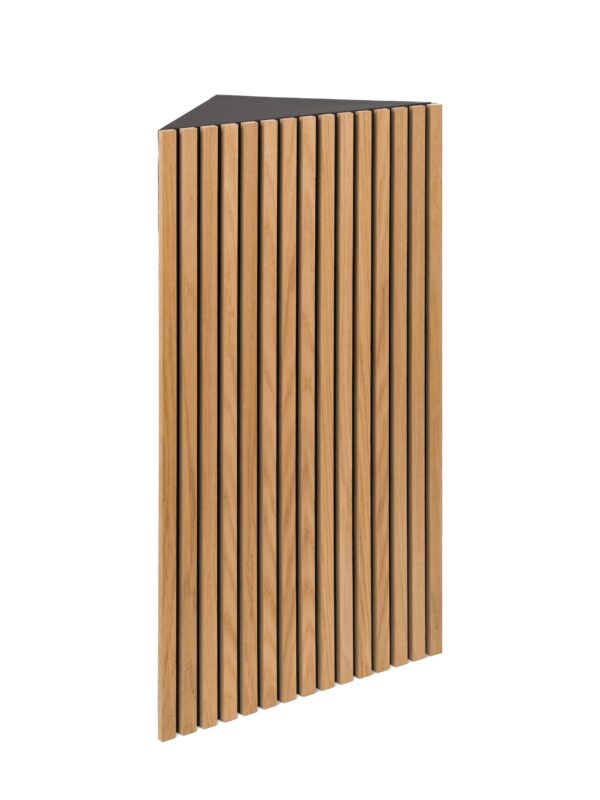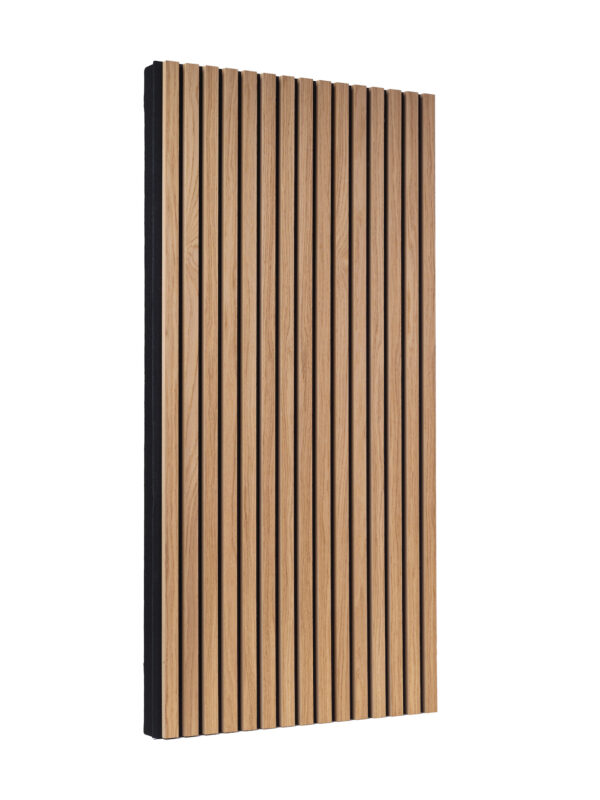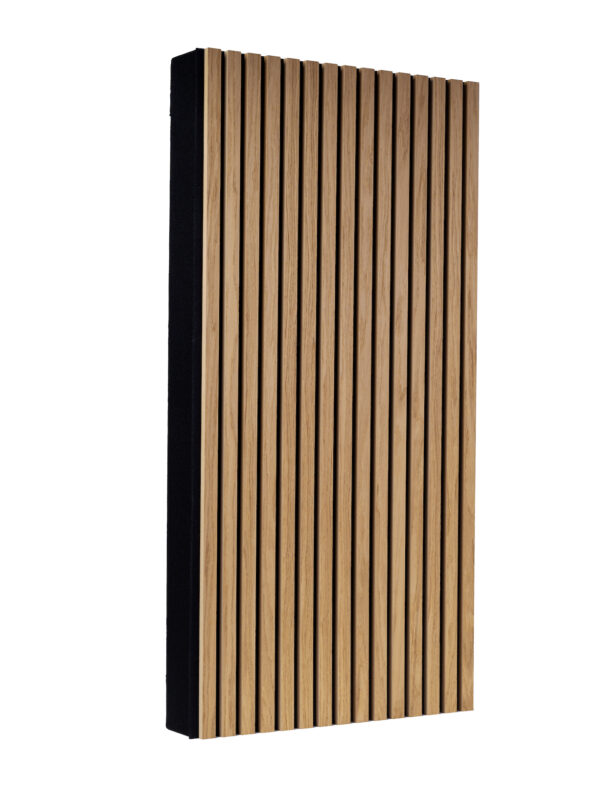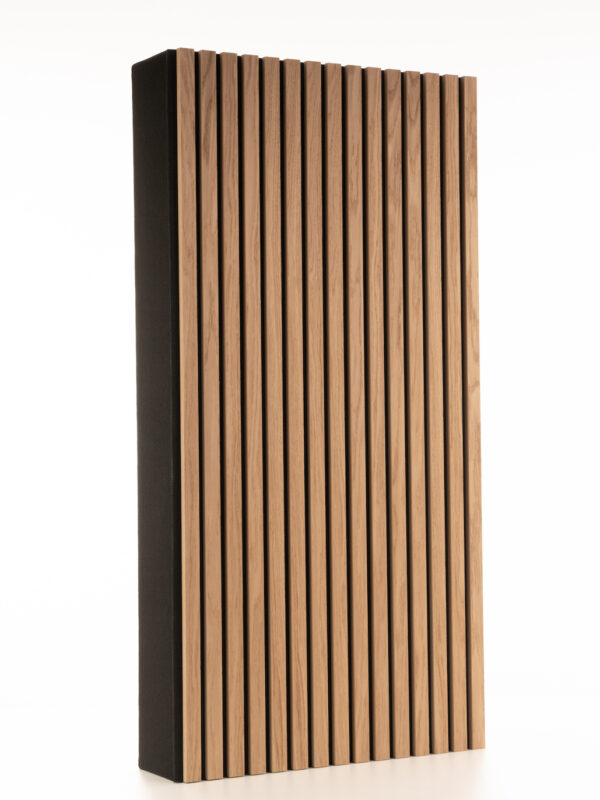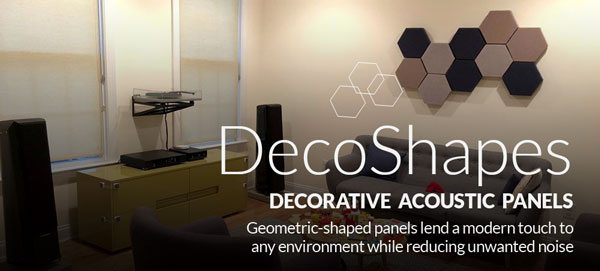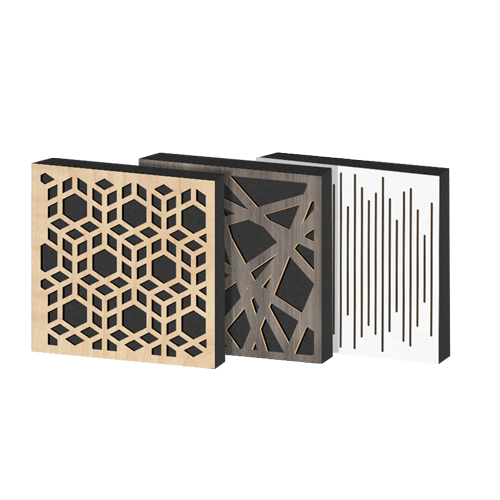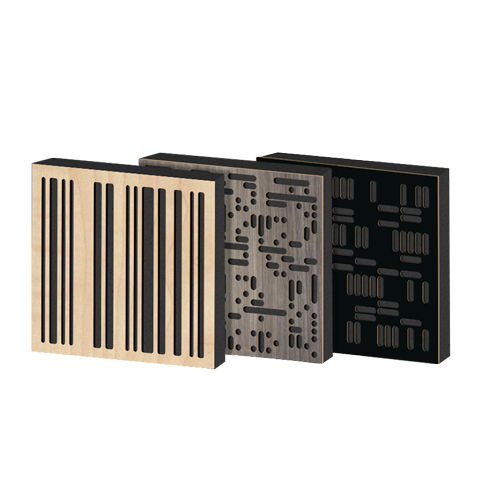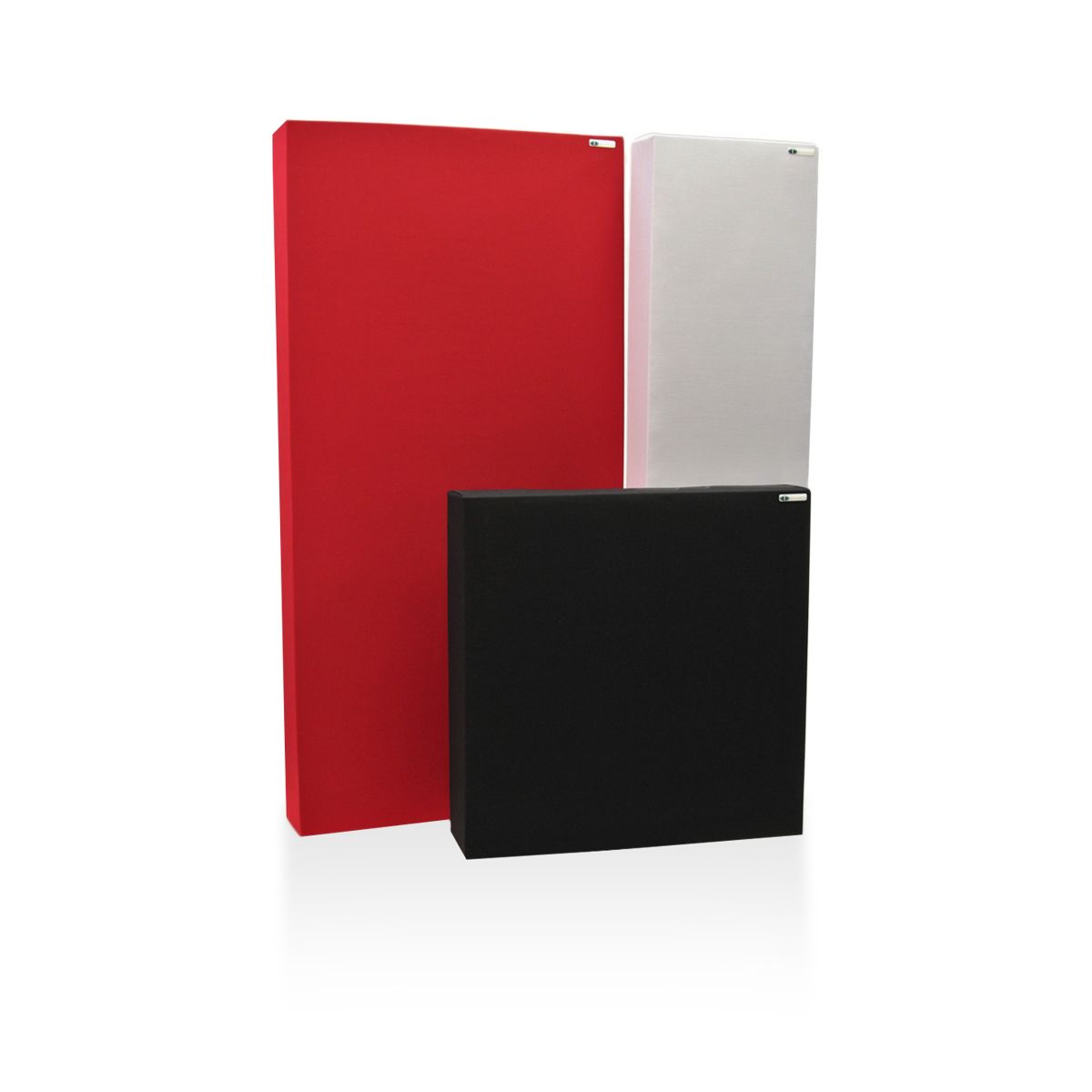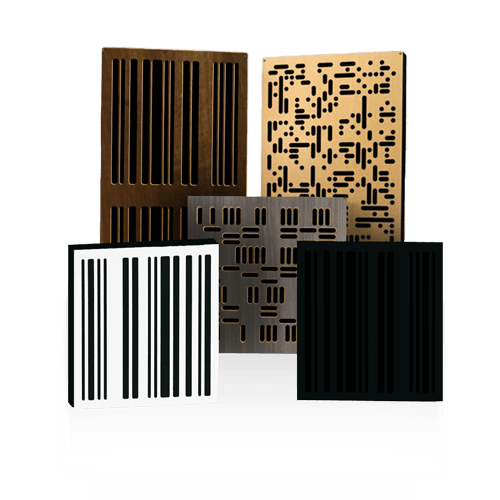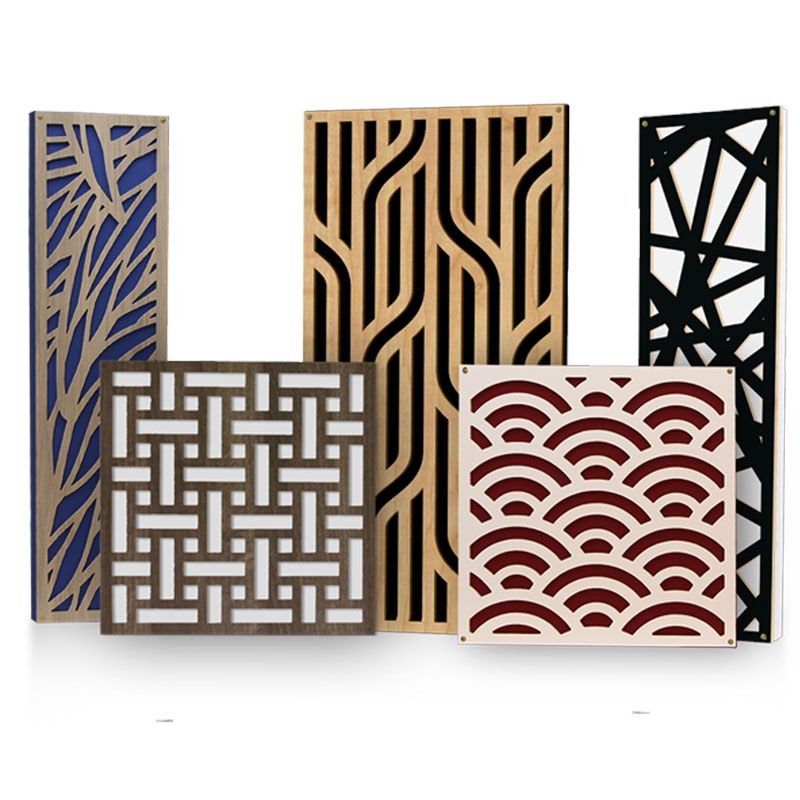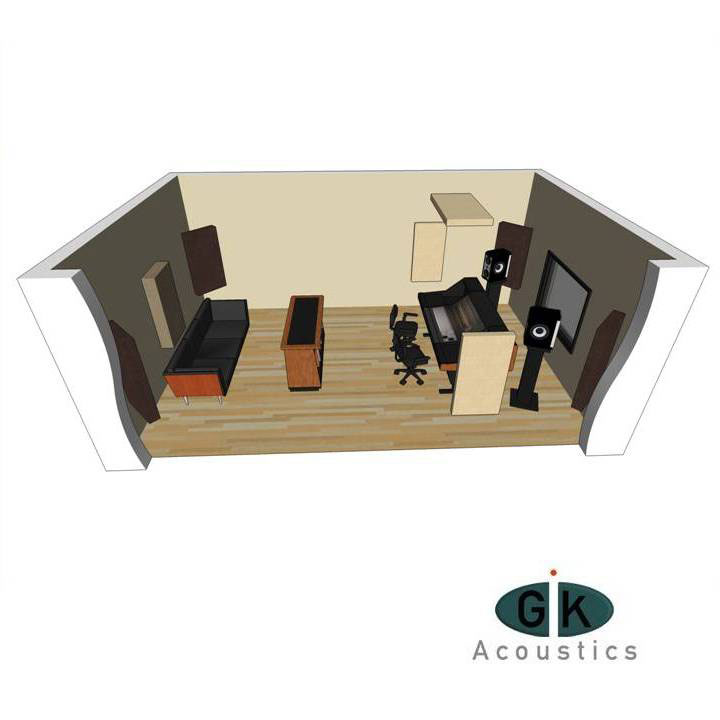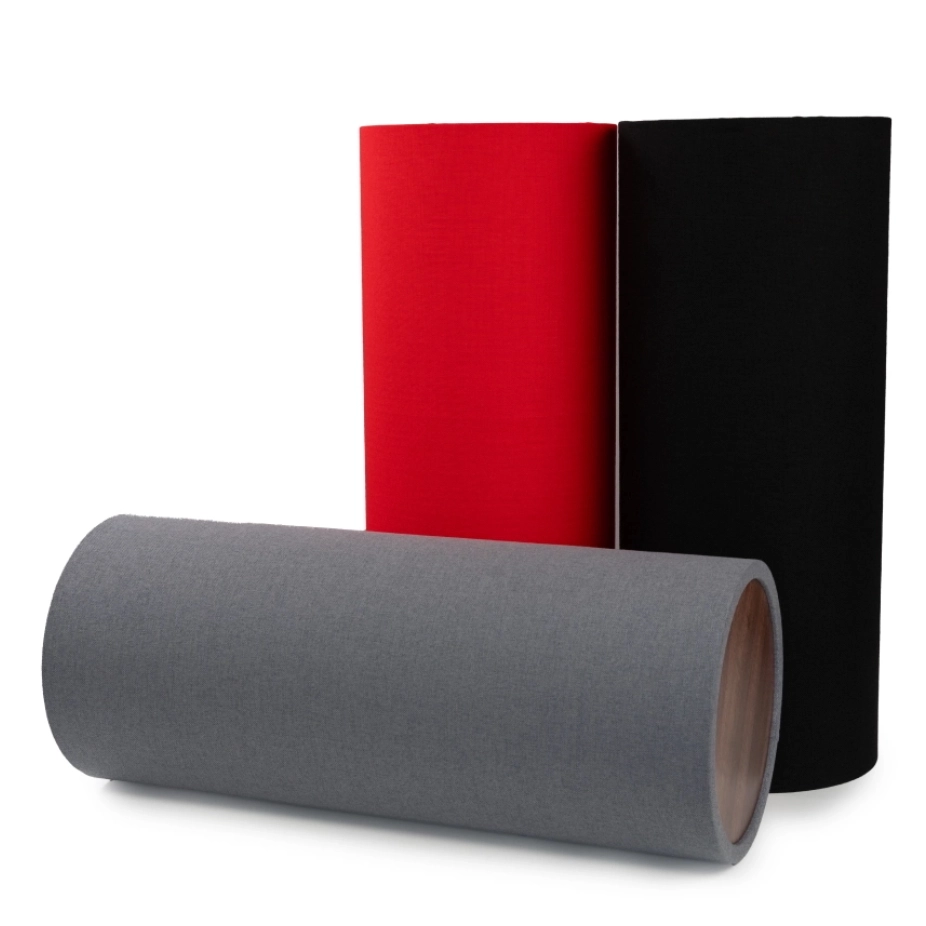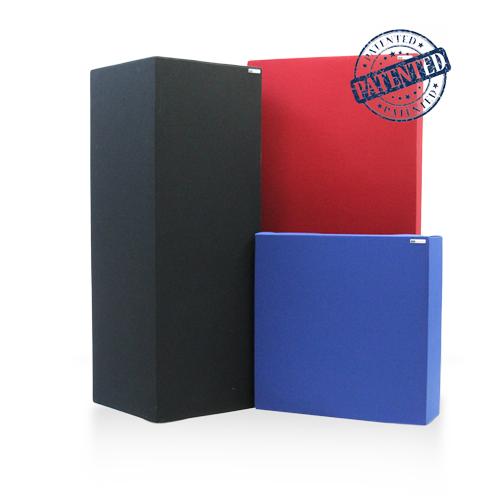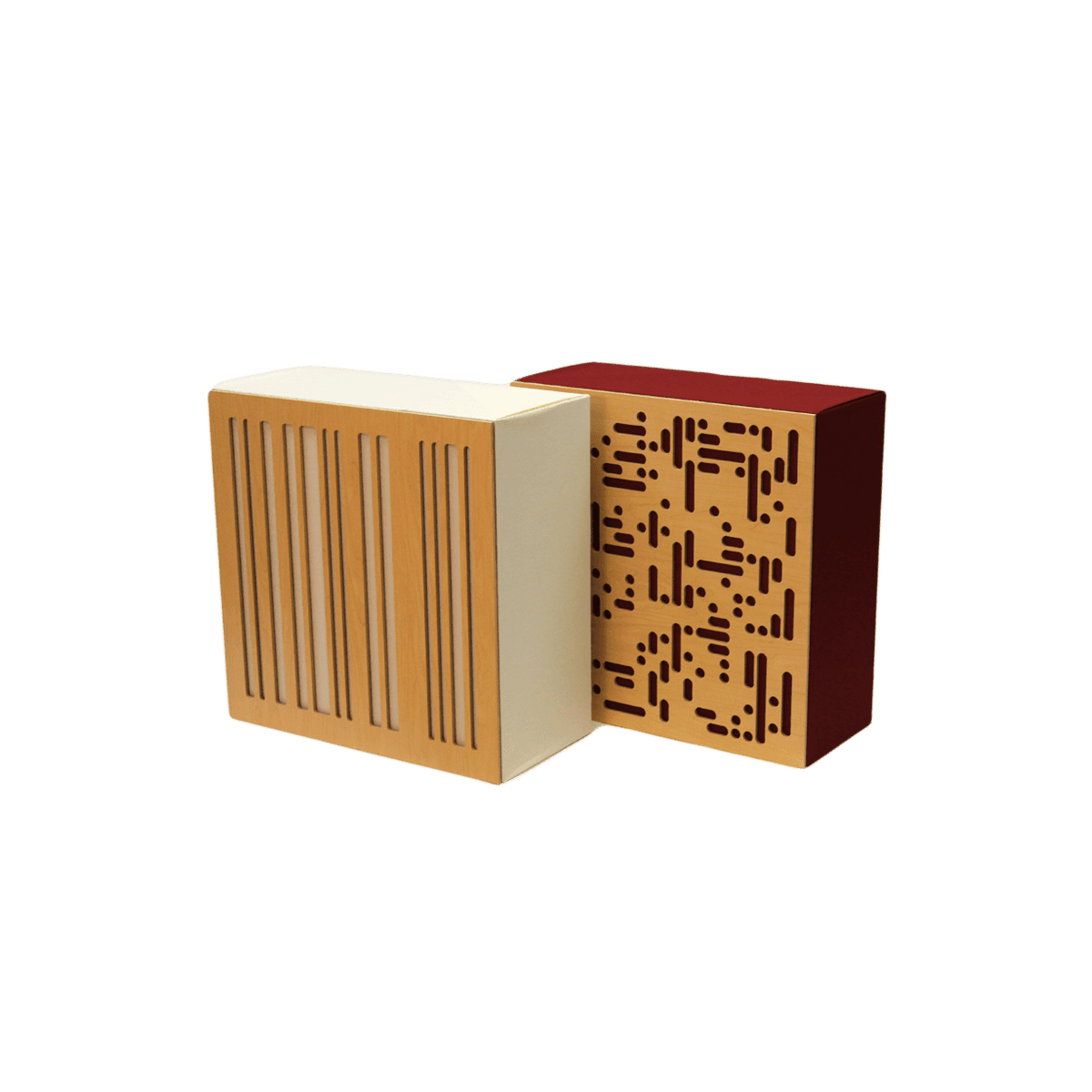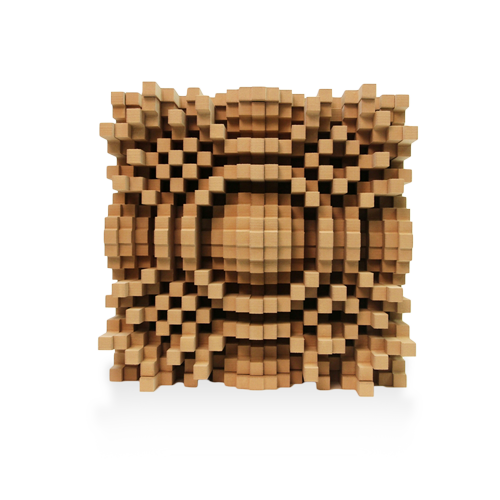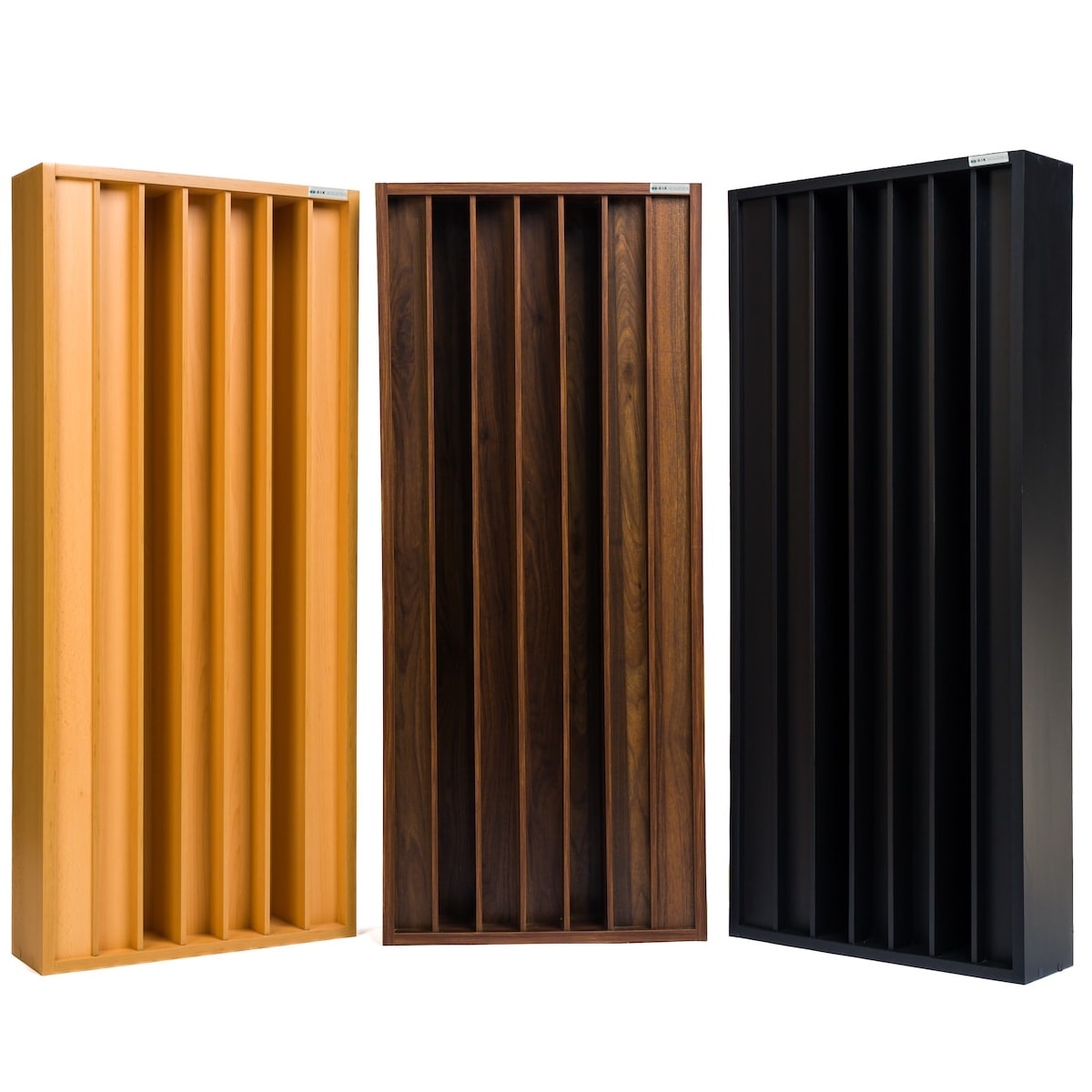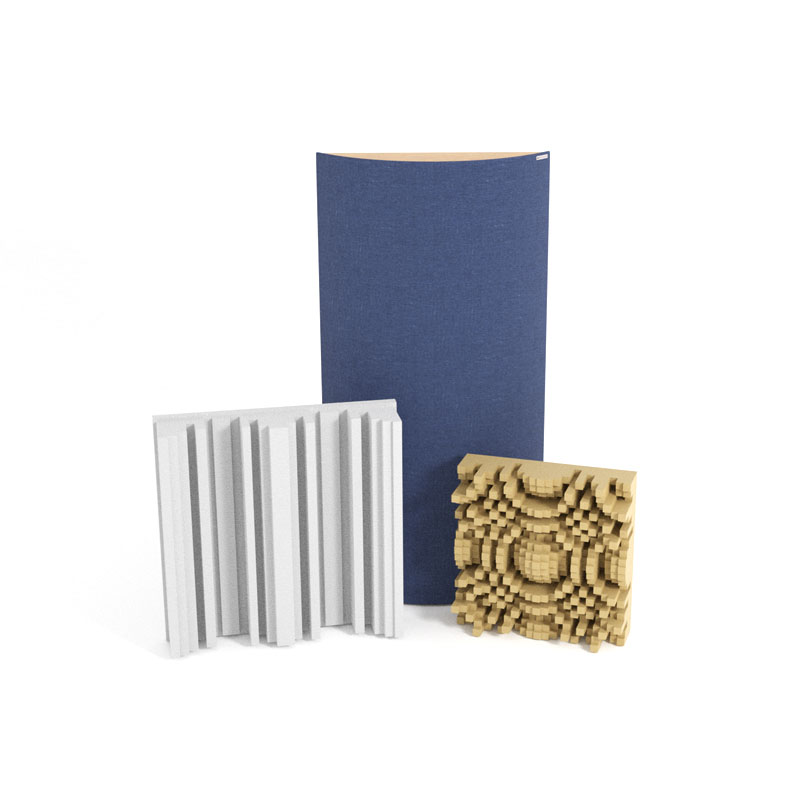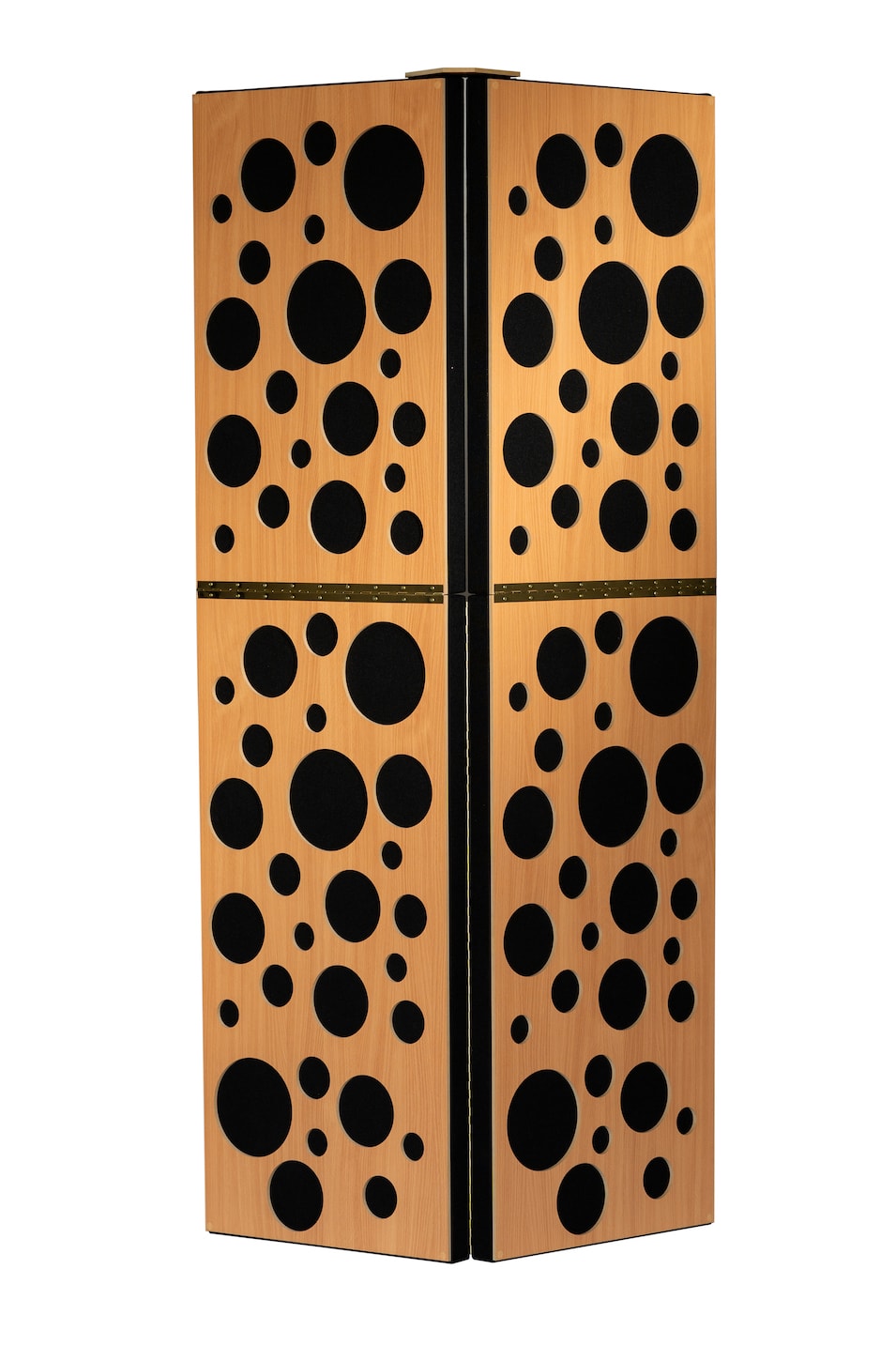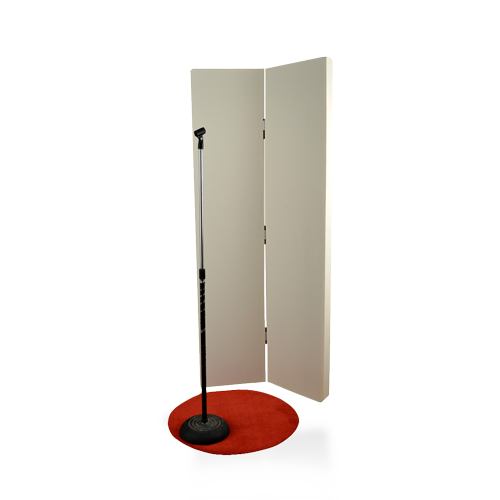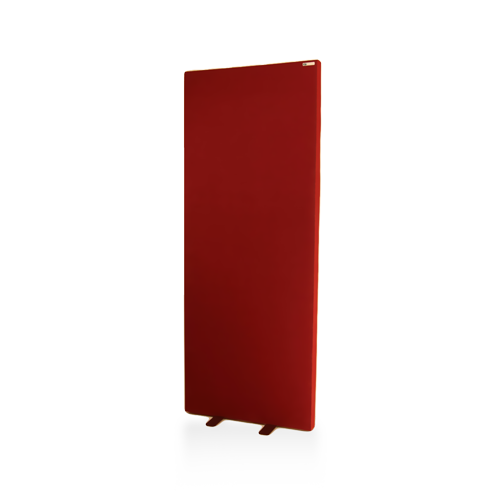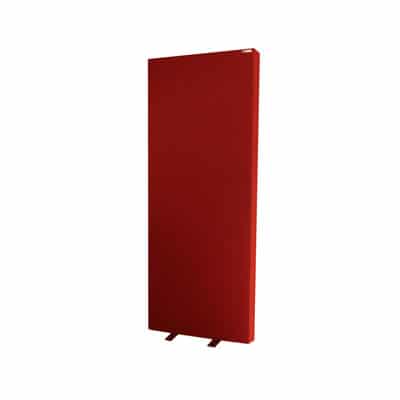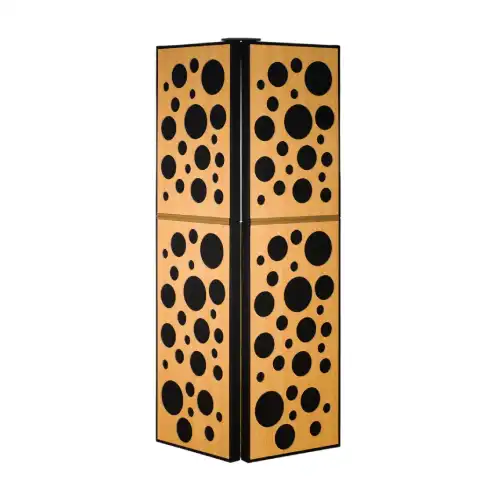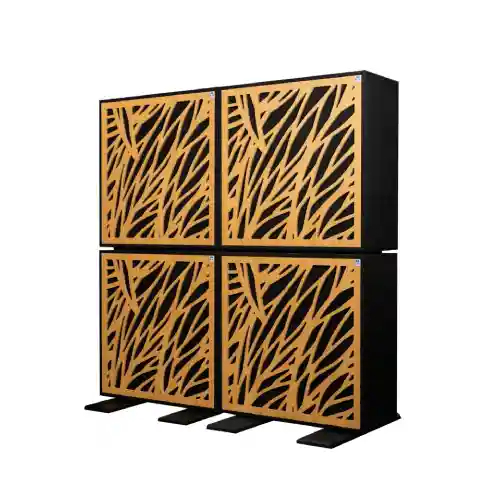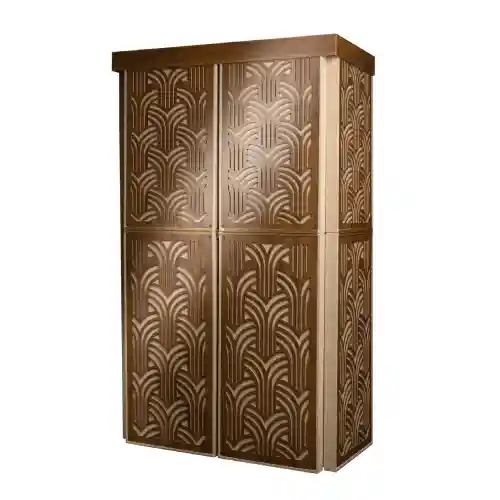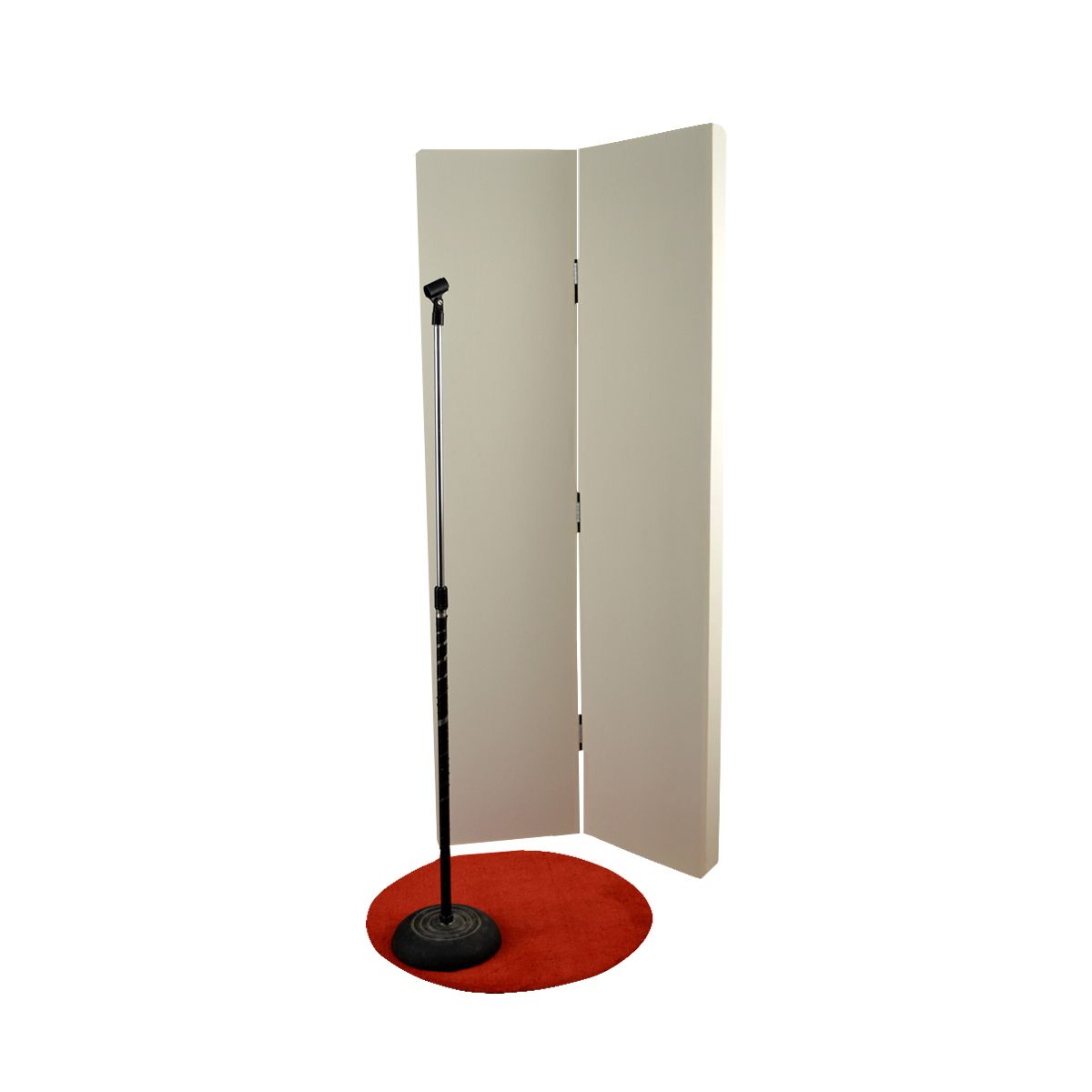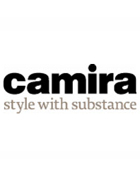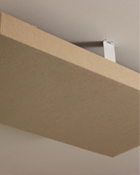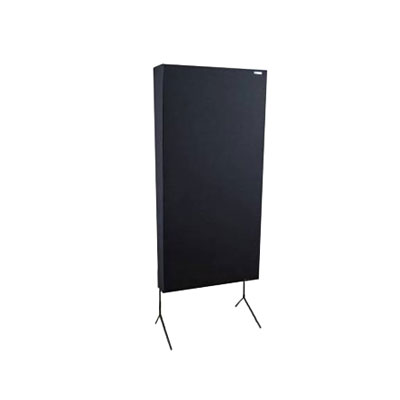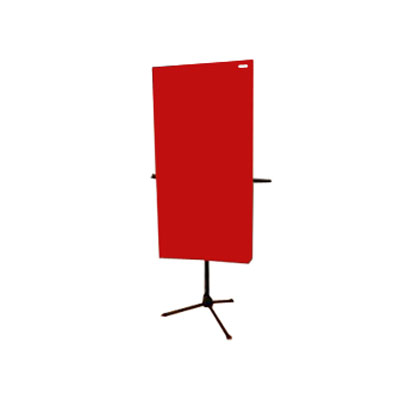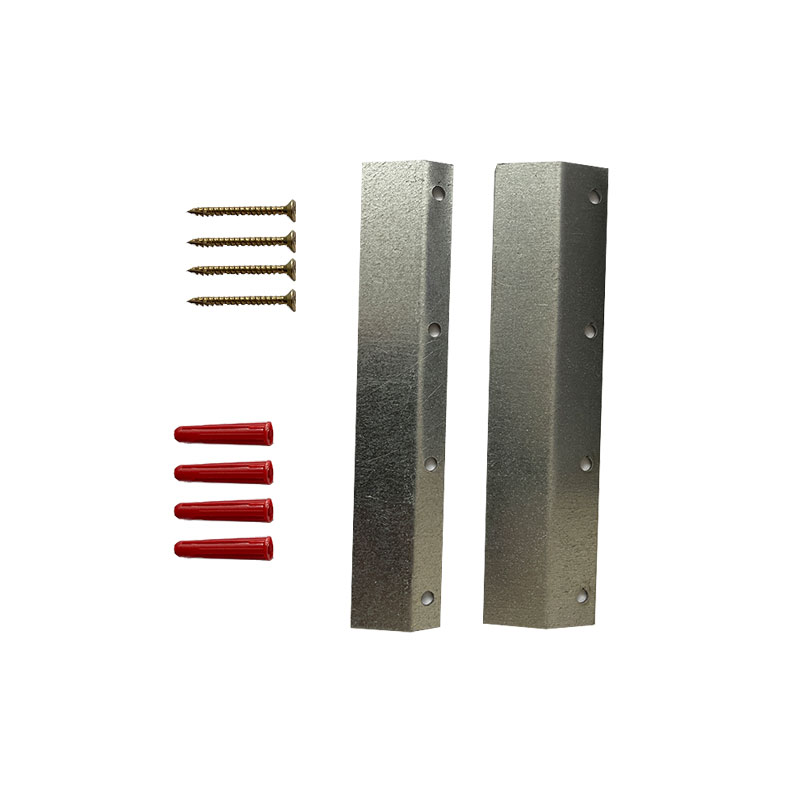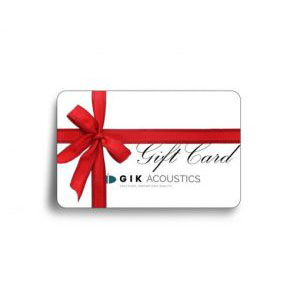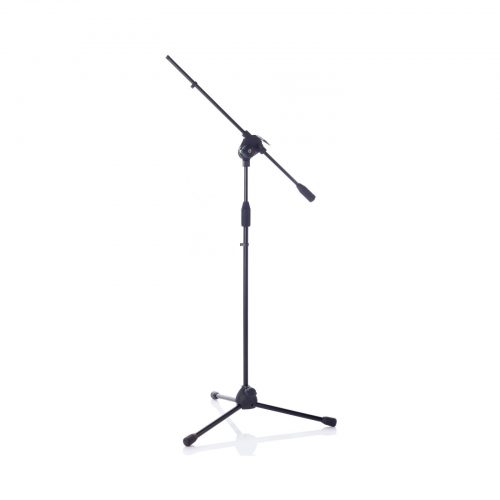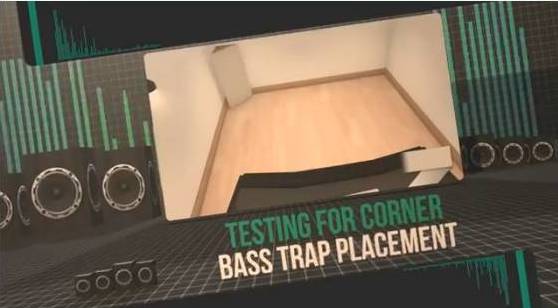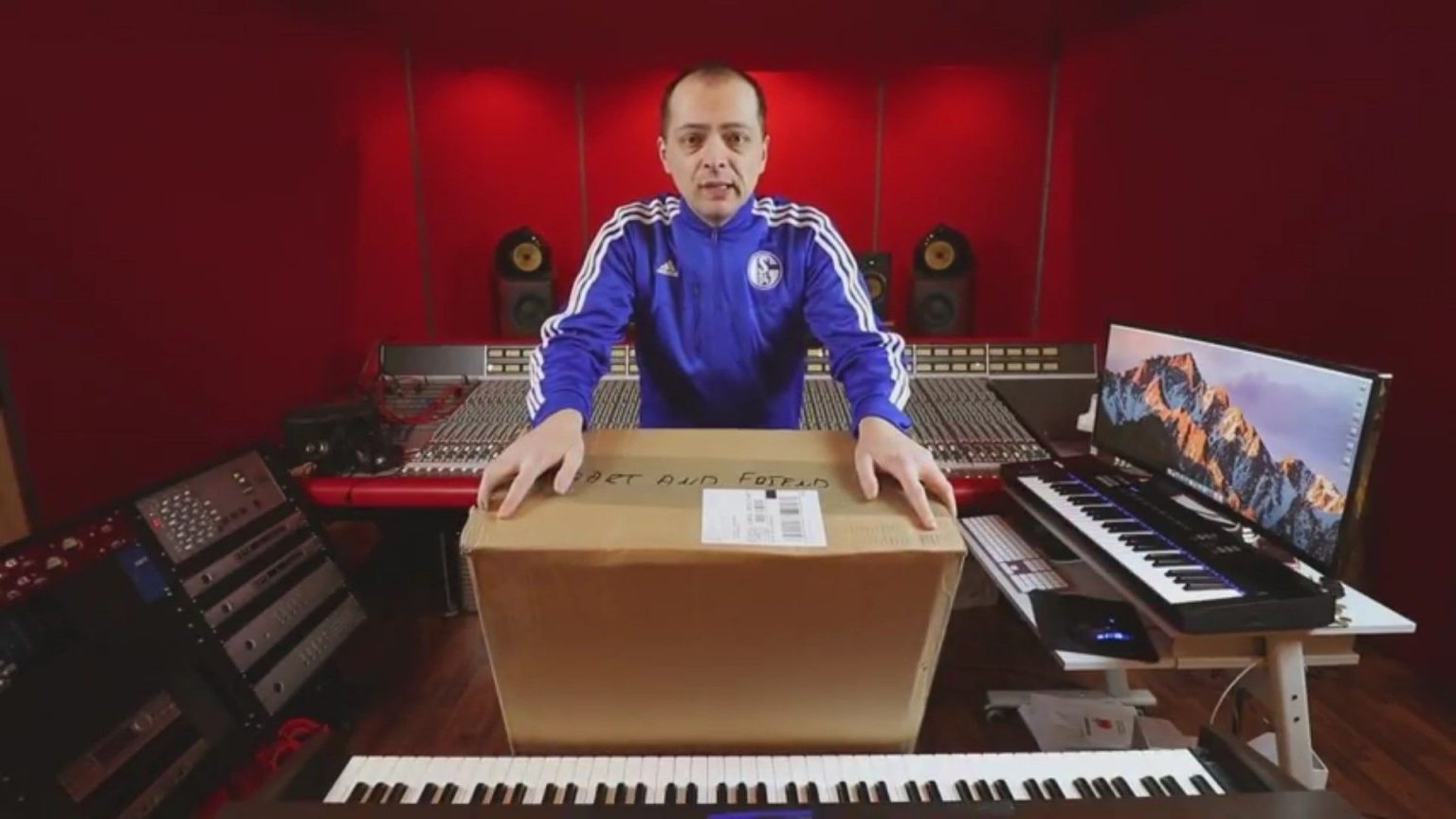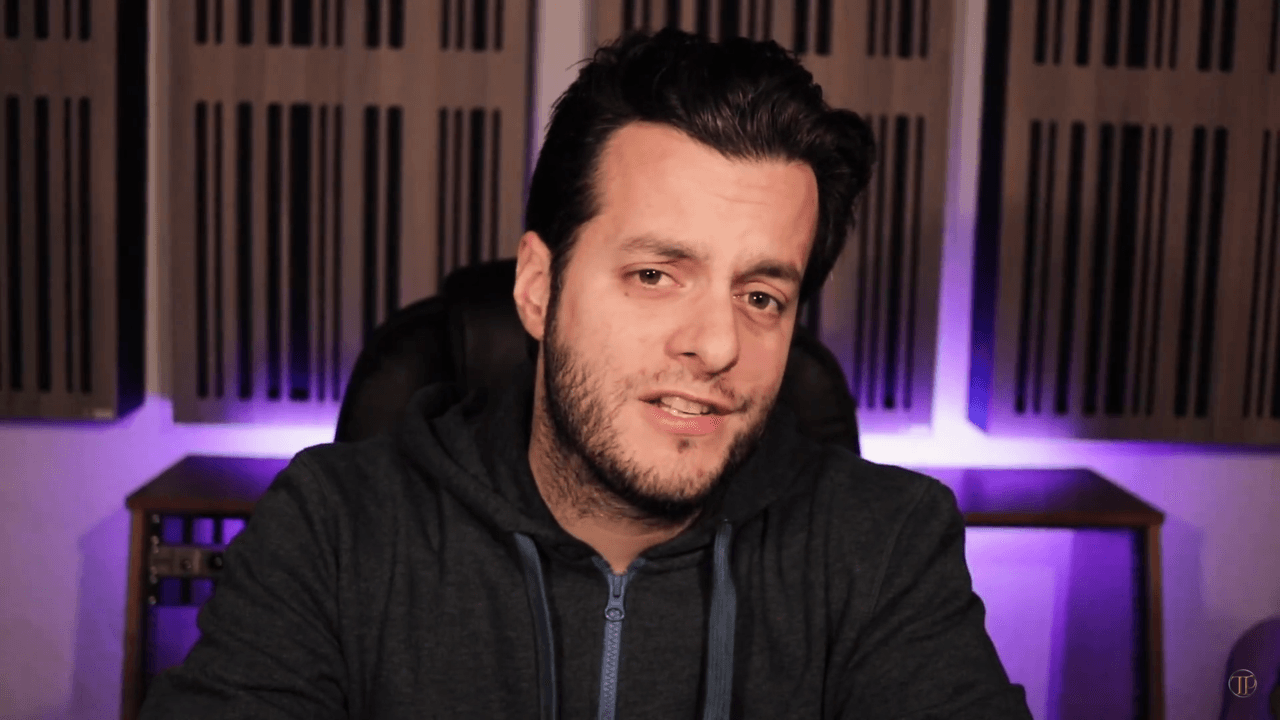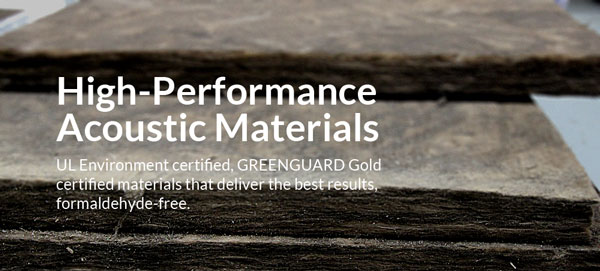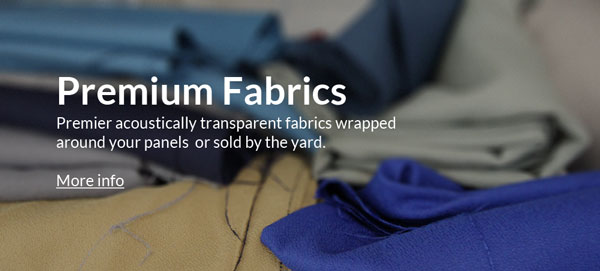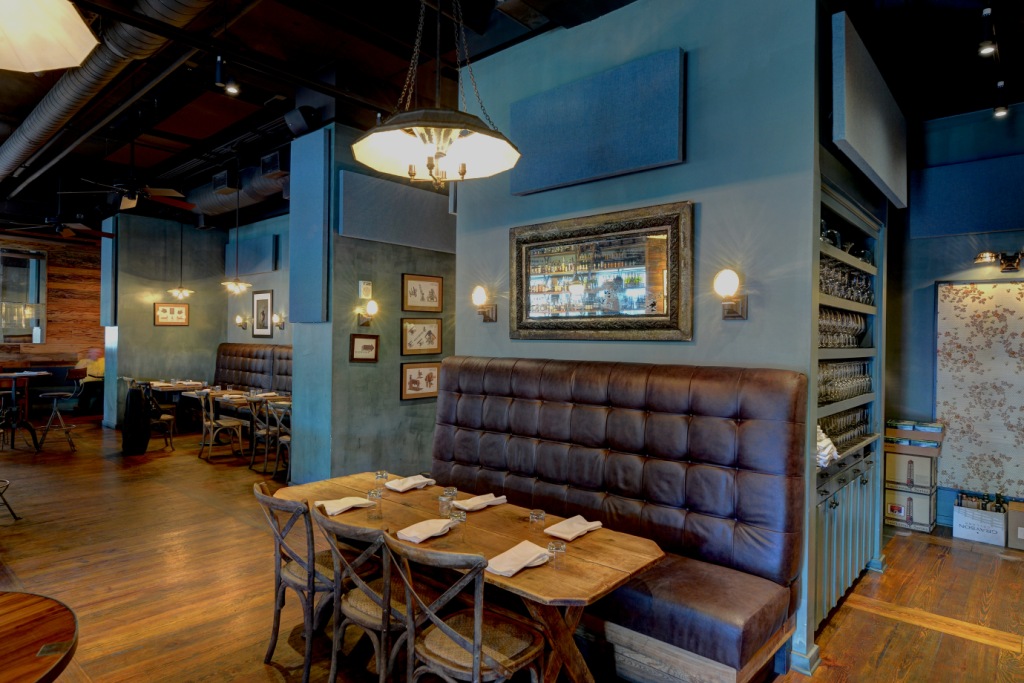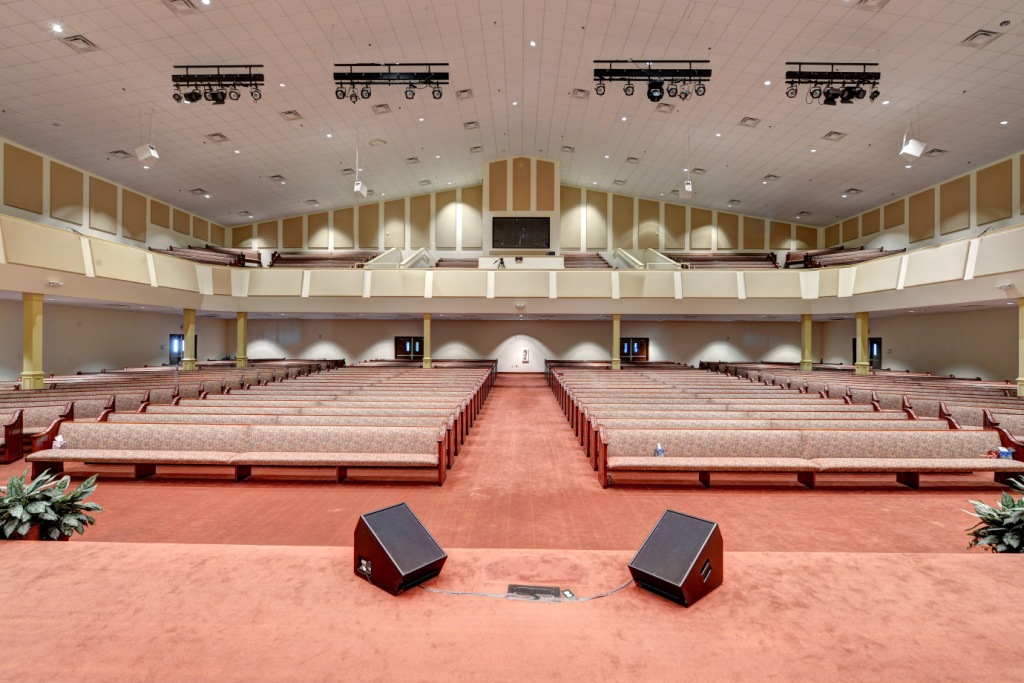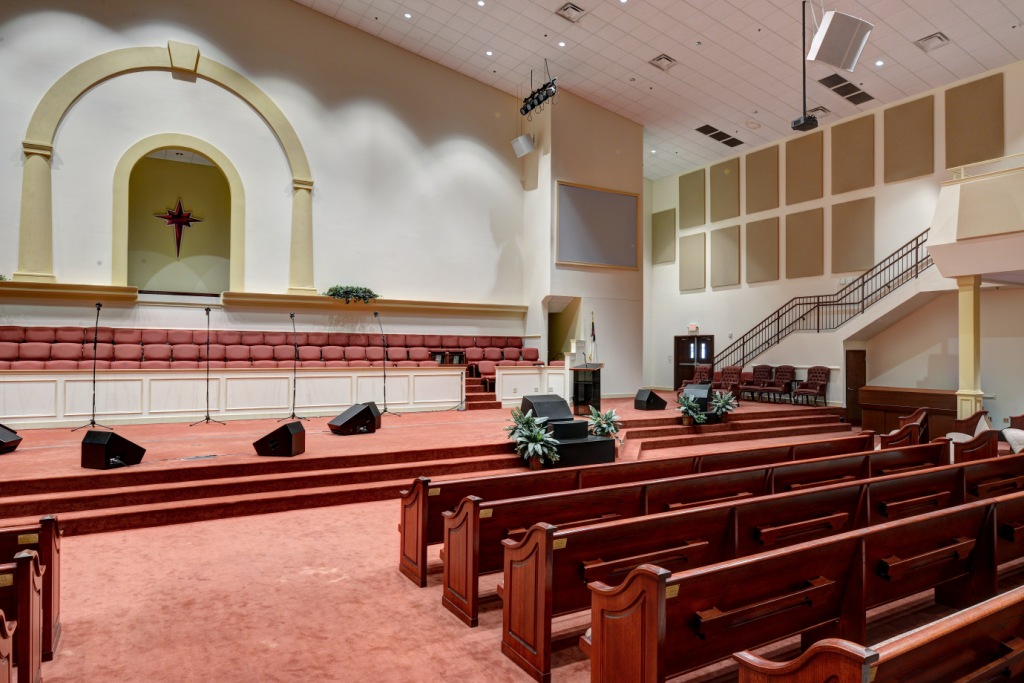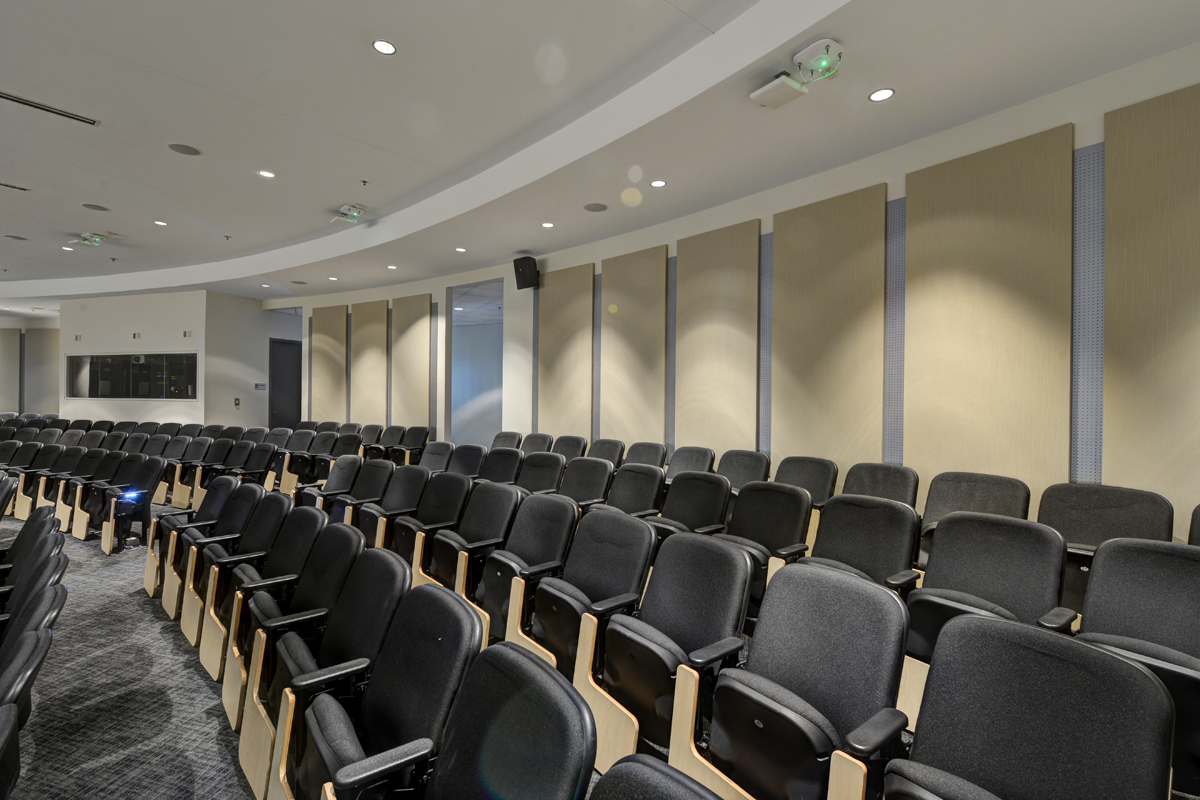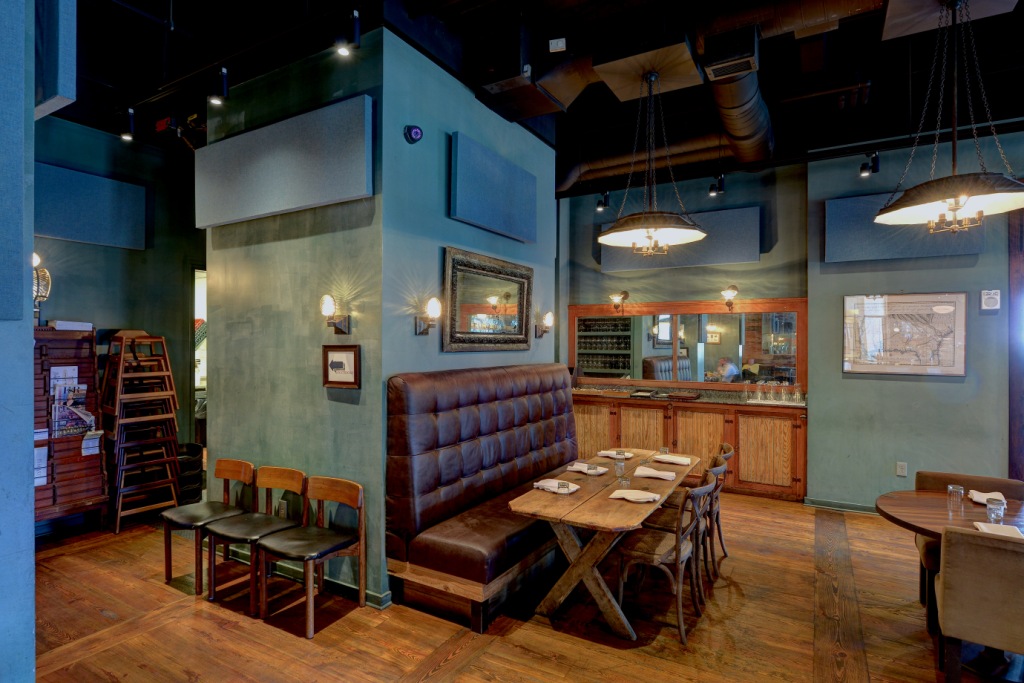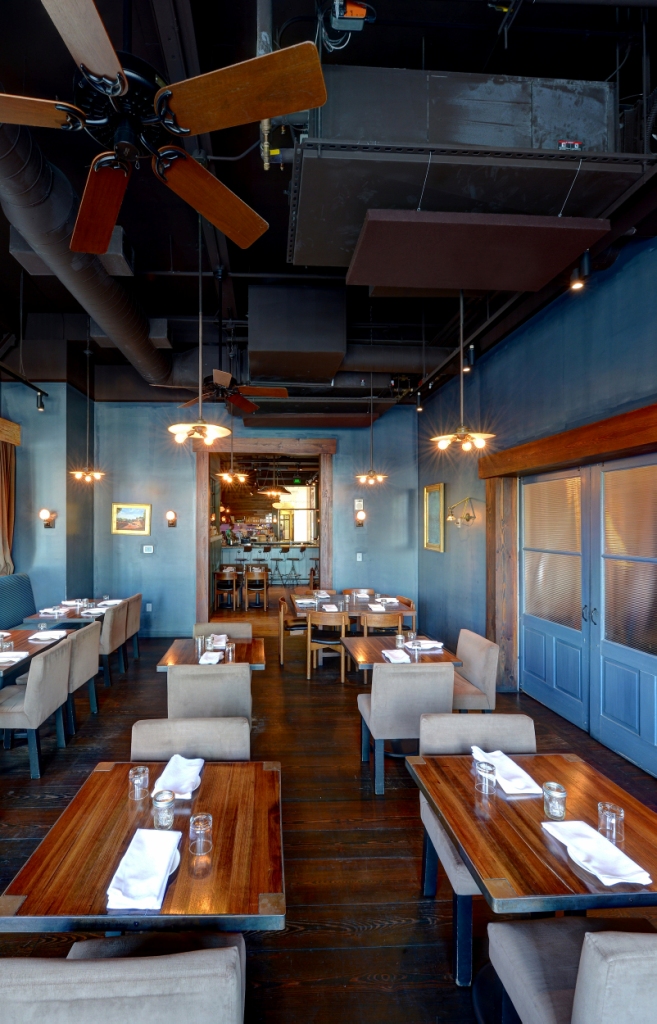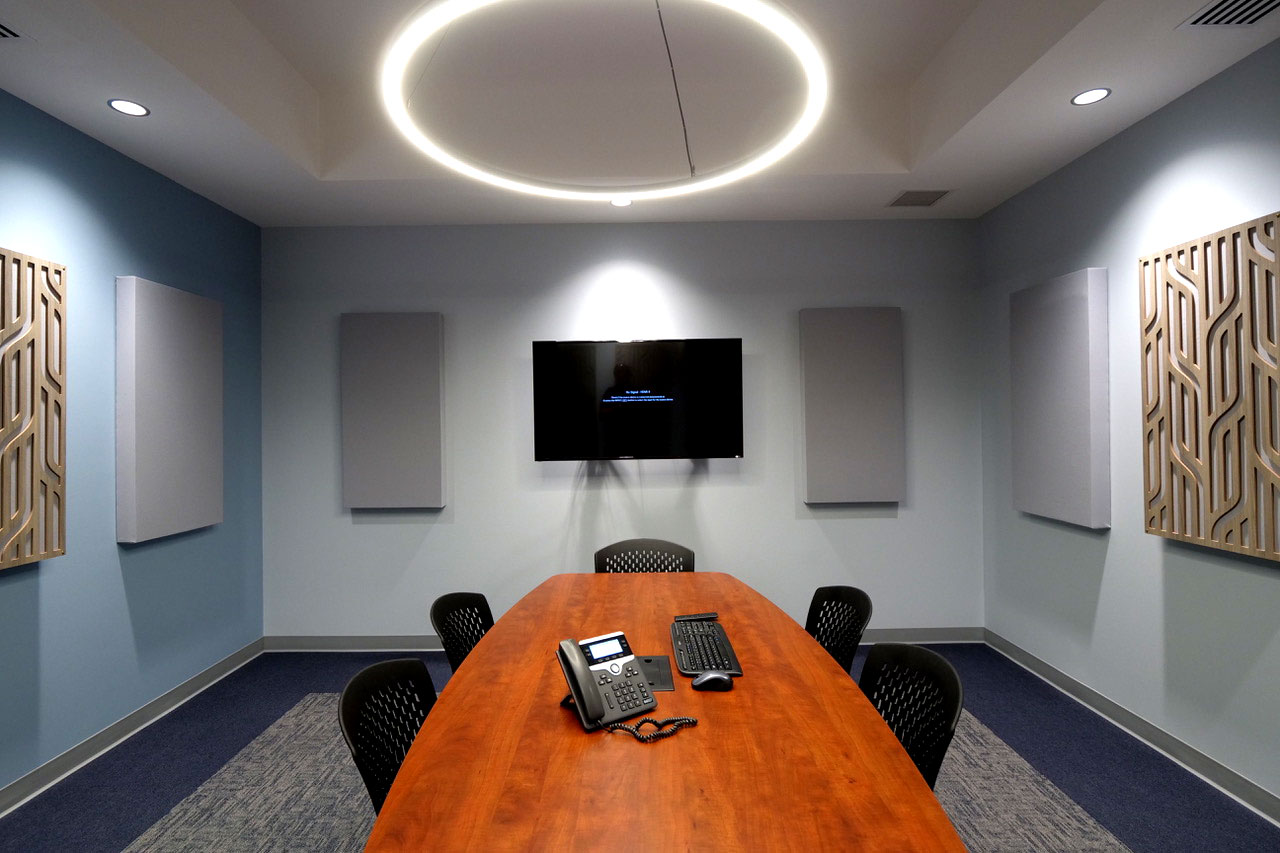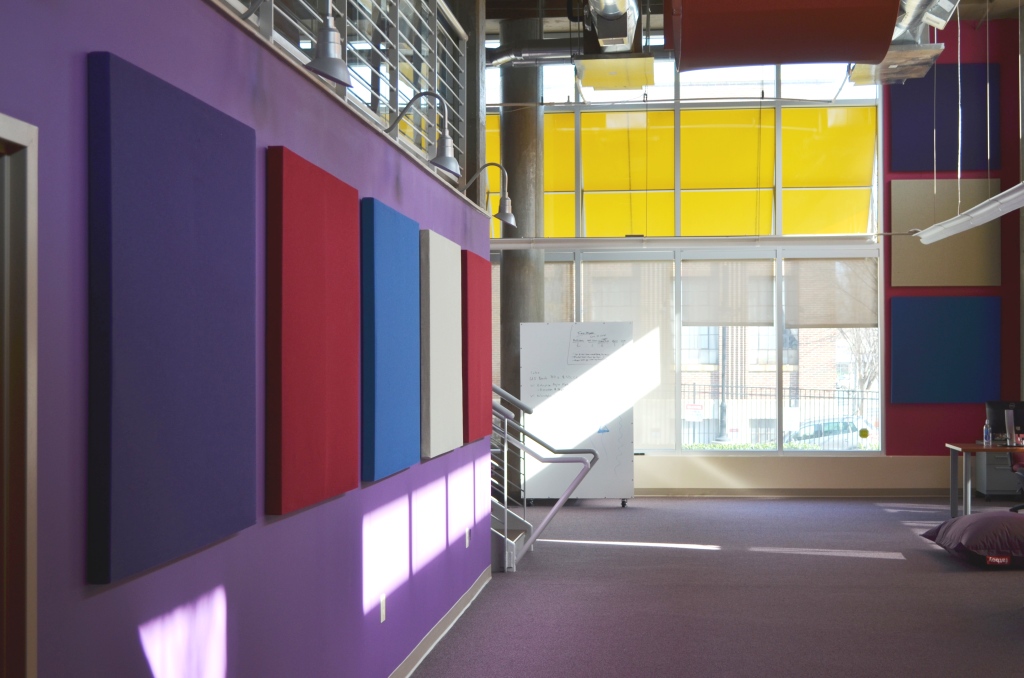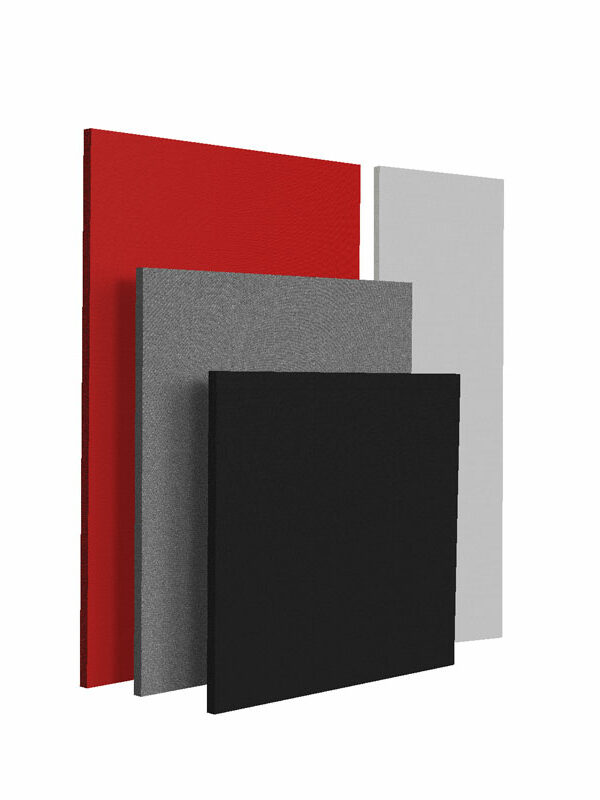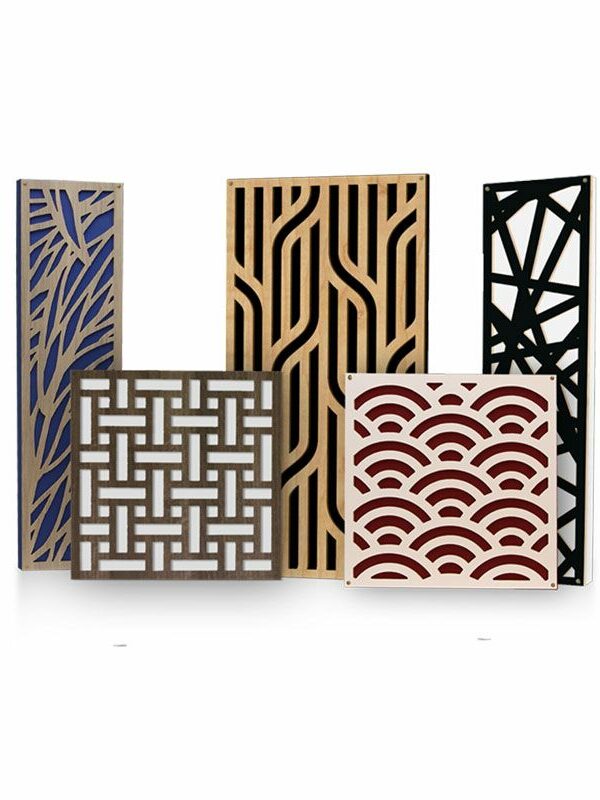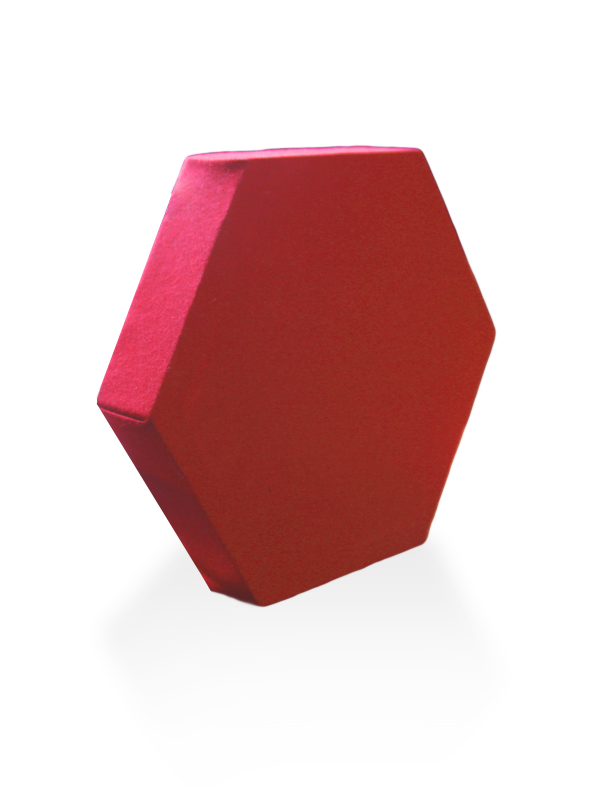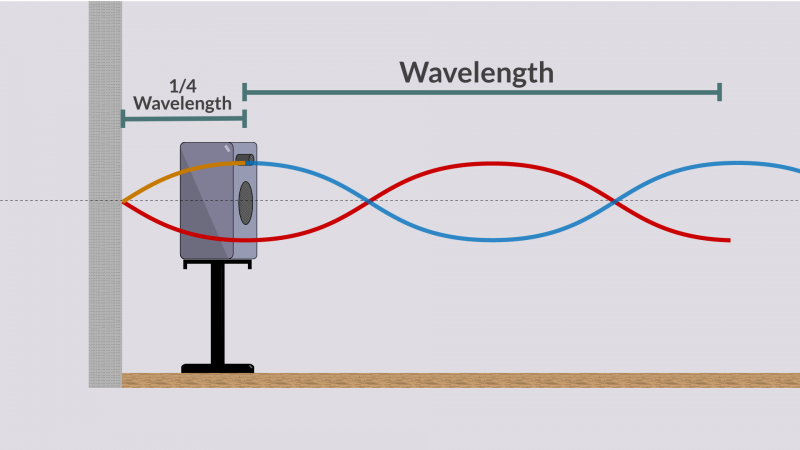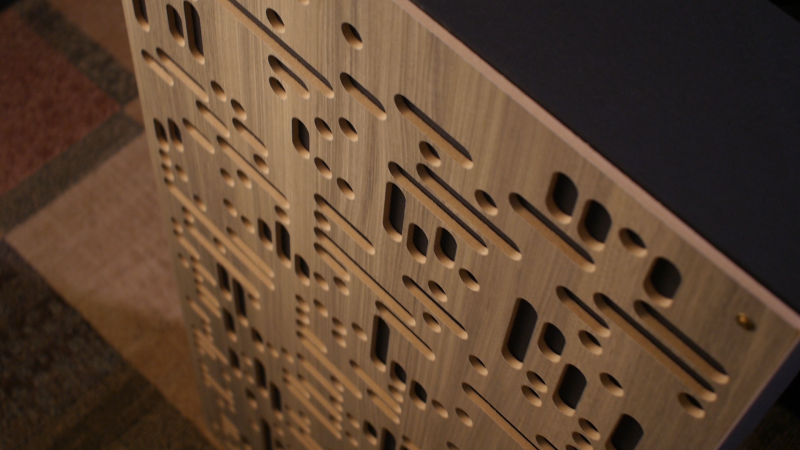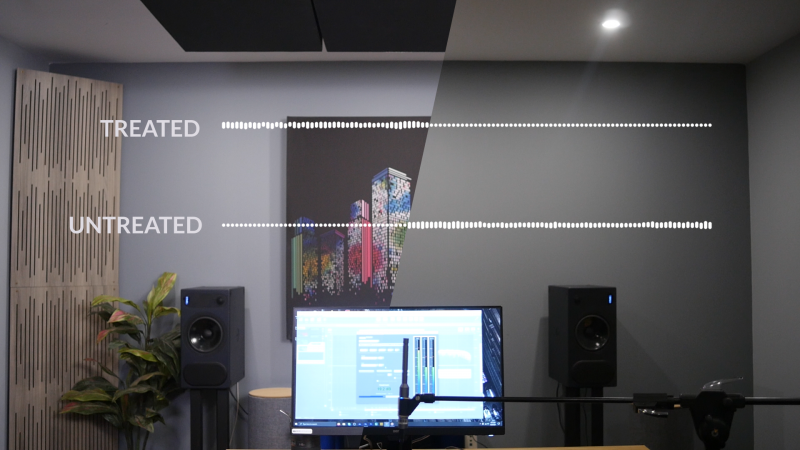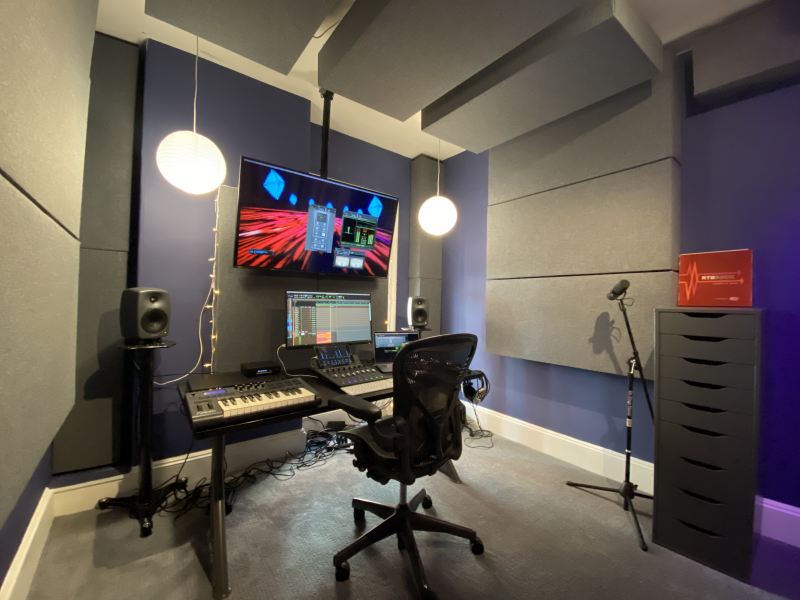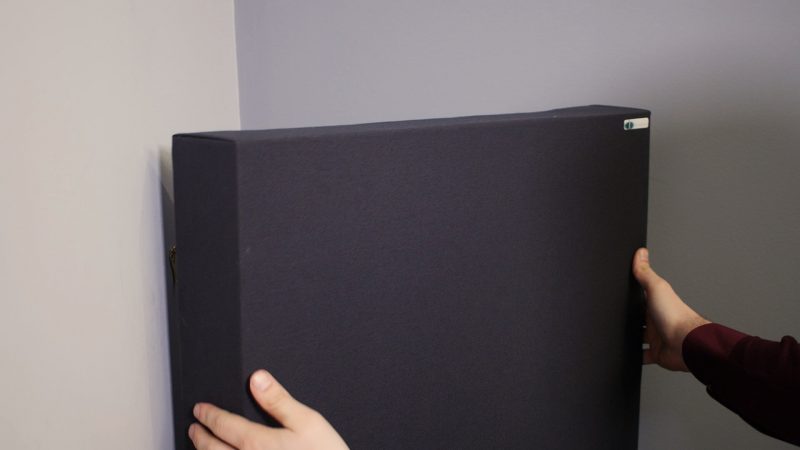How Many Sound Panels Do I Need?
Acousticians looking to predict the reverb time of a room without measuring it with a microphone and software use Reverberation Time (RT60) calculations. The RT60 is a measurement that is more clearly defined as: How long it takes a sound to decay 60dB in a given space. Knowing this calculation beforehand allows them to determine how much absorption (and what type) will be needed to achieve a specific uniform reverb time. This calculation is best suited for estimating the impact of our 5cm Spot Acoustic Panels on spaces such as office spaces, conference rooms, lecture halls, school cafeterias, sanctuaries, places of worship, restaurants, cafes, and any environment where speech intelligibility is important. In order to best guide your efforts, we have created a general RT60 calculation that will allow you to estimate roughly what your room RT60 is both before and after treatment and tell you how many panels you need. See our 5cm Spot Acoustic Panels for more detailed absorption information such as independent lab tests and datasheets on our downloads page.
Acoustic Panels Calculator
[CP_CALCULATED_FIELDS id=”6″]
We recommend reaching out to us for advice for recording rooms, control rooms, mixing rooms, studios, and any musical applications.
Get AdviceHow We Recommend Placement
Simply having acoustic panels in a space is not enough — Placement is important in any environment. All rooms, including those as an office, restaurant, or classroom should pay attention to the placement of their acoustic treatments. Even though placement is not critical, it is best to spread out the sound absorbing panels throughout the room evenly to maximize their effectiveness.
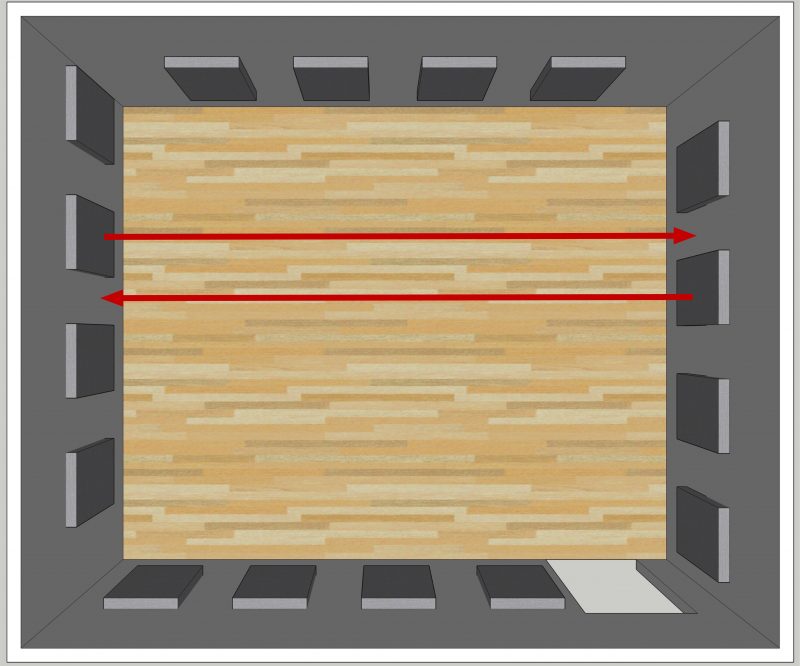
Staggered Placement: Blocking Reflections on Each Wall
One way to get the best performance is by placing 5cm Spot Acoustic Panels in a staggered position to the open space on the opposing wall. For example, if you place the panels on each wall right across from each other, you’re not eliminating as many reflective paths as you would if you were to offset the panels relative to each other (or “checkerboard” them).
Acoustically Treating For Music Is A Whole Different Animal
While RT60 measurements are useful in a performance space (concert hall, venue, theater, live recording room), they are not as clear for a control room or listening room where low-end frequency sound absorption is key to critical listening. Spaces meant for music will have particular areas that need to be treated such as bass trapping in corners and early reflections. On the other hand, when a space is used for speech only, such as offices, lecture halls, cafeterias, conference rooms, restaurants, and other public spaces where intelligibility is important, then the midrange and high frequencies are all that must be treated. This is a very important distinction, as low-end control and high-end clarity is paramount, and requires the use of Bass Traps such as our 244 Bass Traps, and corner bass traps such as our Tri-Trap Corner Bass Traps, and Soffit Bass Traps, and frequency-targeting bass traps such as our Scopus Tuned Bass Traps line. These options include our Alpha Series and Impression Series panels in both acoustic panels and bass traps.
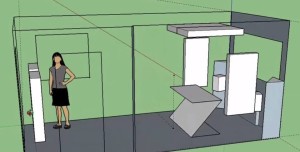
Adding acoustic treatment to any space is best left to someone with proven experience in acoustics, but this is even more essential in a music space — since choosing the correct device and placing it correctly are imperative to get the best result. Although we have covered the subject of treating for music thoroughly, and have published many articles including blog posts and appearances in music-focused magazines on placement and selection, we recommend working with one of our designers to ensure you are getting the most out of your space and acoustic treatments.
Get Acoustic AdviceSuggested Products
Acoustic Panels
Acoustic Panels
Acoustic Panels


